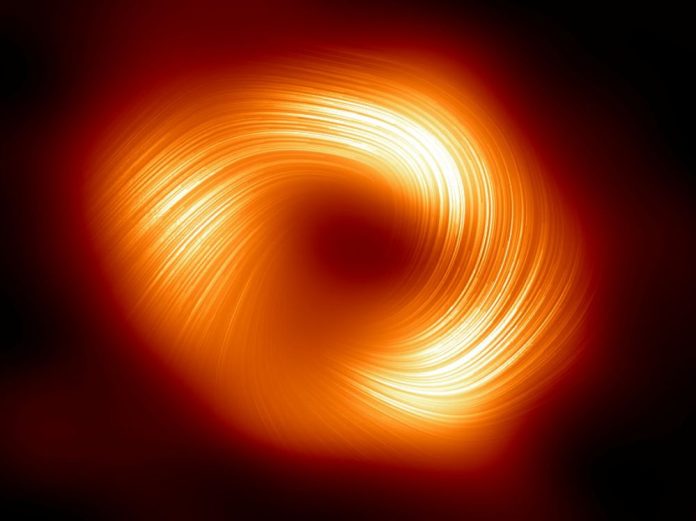
Dark matter made out of axions may have the power to make space-time ring like a bell, but only if it is able to steal energy from black holes, according to new research.
An intriguing possibility for a candidate for the mysterious dark matter is that it might be an axion.
Originally predicted to exist decades ago to explain some strange properties of the strong nuclear force, axions have yet to be detected in the laboratory or in any experiments.
However, this elusiveness would make them a perfect candidate for dark matter, since by definition dark matter hardly if ever interacts with normal matter.
If the dark matter is an axion, or of a kind of particle related to the axion, then it would have very strange properties.
It would be the lightest particle ever known, in some models no bigger than a billionth the mass of the electron.
The incredible lightweight nature of this particle means that it would behave in very strange ways in the cosmos. It would be so light that its quantum wave nature would manifest on very large scales, meaning that it would tend to act more like a wave than a particle.
One of the ways this wave nature would manifest would be around rotating black holes. Through a process known as super-radiance, this kind of dark matter could steal angular momentum from the black hole.
This would prevent the dark matter from falling through the event horizon, and instead it would pile up around the black hole like an invisible shroud.
But once no more new energy could be extracted from the black hole, the dark matter would evaporate away.
In the process, according to new research, the dark matter would ring space-time like a bell, sending out an enormous amount of gravitational waves.
These gravitational waves would have a distinct signature from the ones known through black hole mergers. And even though they would be far weaker, they would be in the frequency ranges of detectability for existing and planned gravitational wave observatories.
The researchers proposed that we comb through existing data to hunt for any potential signatures of this kind of dark matter collecting around black holes. And if we don’t find what we looking for, we could still fine-tune upcoming experiments to hunt for this surprising signal.
Written by Paul M. Sutter/Universe Today.



